Mirror desert and thunder beacon: 5 amazing places and phenomena on the planet (6 photos)
And also about the oldest organism on Earth, which you can walk through, about mysterious fireballs and a cozy oasis. 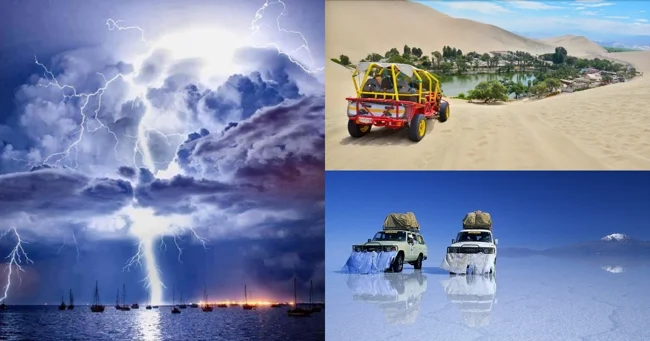
Lights of the Mekong 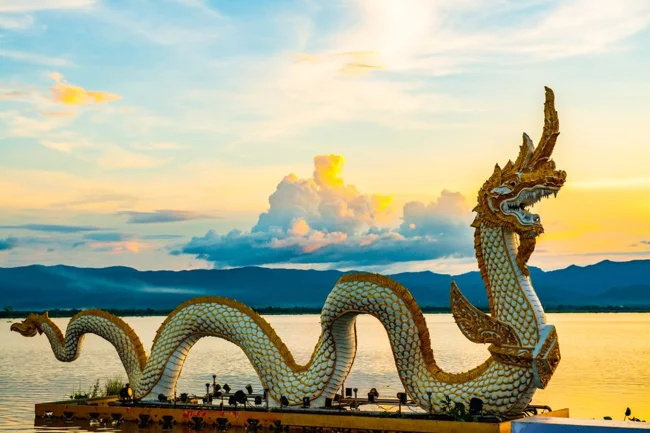
Naga Fireballs, also known as Mekong Lights, are balls of light that rise above the surface of the Mekong River. The lights are no larger than a basketball. They fly out of the river especially actively during the full moon, on the last night of the Buddhist three-month Vassa fast (lasts from July to October). Red lights fly up to a height of 200 m above the surface of the river and disappear. In the northeast of Thailand, where this unusual phenomenon was recorded, they believe that the fire is spewed out by the Naga dragon, who lives at the bottom. This dragon is kind and protects people. Local residents even have very poor quality photographs for tourists (like pictures of the Loch Ness monster), which prove the existence of a snake living in the river.
There is no proven scientific explanation for the Mekong Lights. The closest thing to the truth is the fact that on the holy night on the other side of the Mekong they shoot tracer bullets and fire signal flares. However, this has not been proven either.
It is also unknown exactly when the lights began to fly out of the river. It is only known that the balloons themselves and the observation of us were designed as a tourist attraction with a century-old history in the 1980s. On the eve of the night of fireballs, the city of Nong Khai hosts a magnificent festival, where, due to fireworks and Chinese lanterns, you may not see the legendary lights released by the snake.
Pando Forest 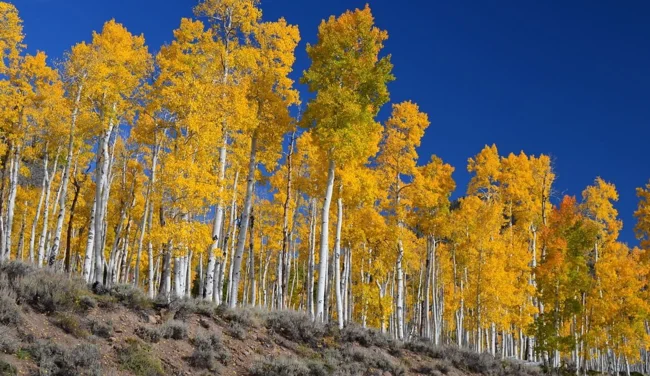
There is a forest in the world that actually consists of one tree. It covers an area of 43 hectares.
The forest is called Pando (from the Latin "to extend"). This is a clonal colony of aspen poplar, meaning all poplars in the forest share a common root system. In fact, this is one poplar, multiplied by root suckers.
Pando is considered to be a single organism. Its weight is approximately 6000 tons, and its age is about 80 thousand years. This makes it the heaviest and oldest organism on Earth.
Pando is located in the USA, in the state of Utah.
Lighthouse Maracaibo 
In Venezuela there is a unique natural lighthouse - the Maracaibo Lighthouse. In the place where the Catatumbo River flows into Lake Maracaibo, lightning strikes so often and is so clearly visible even 400 km away that they can be used for navigation. Over every square kilometer of Lake Maracaibo, 250 lightning flashes a year. In May and October you can observe up to 28 lightning strikes per minute over the lake. Thunderstorms occur over Maracaibo and Catatumbo about 200 days a year.
The wetland where the Catatumbo flows into the lake is rich in methane, the gas rises up and fuels the Maracaibo Lighthouse. Catatumbo Lightning is one of the most popular attractions in Venezuela. Lightning is featured on the flag and coat of arms of the state of Zulia, which is home to a lake rich in thunderstorms.
Salar de Uyuni 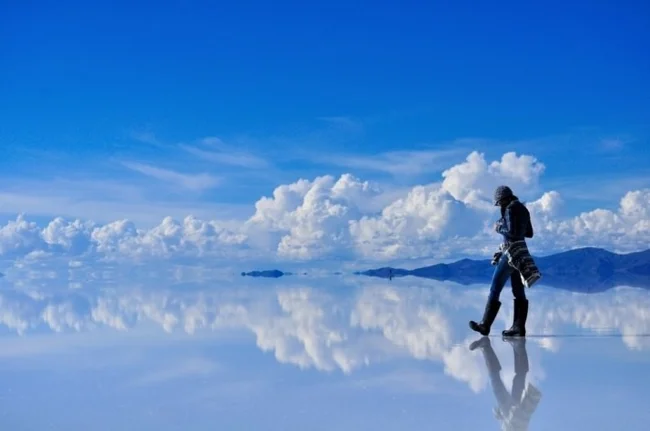
There is an amazing place in Bolivia - the world's largest salt marsh, Uyuni. This is a huge dry salt lake with an area of 10.5 thousand square meters. km. Uyuni is 10 billion tons of salt. The thickness of the salt crust reaches 8 meters. During the rainy season (in Bolivia it lasts from October to March), the salt marsh is covered with a thin layer of water and turns into an endless mirror. Uyuni also boasts hotels made from salt blocks and a steam locomotive cemetery.
Because Uyuni is flat, large, white, and the air above it is clean, satellites use it to calibrate altimeters.
Oasis village of Huacachina 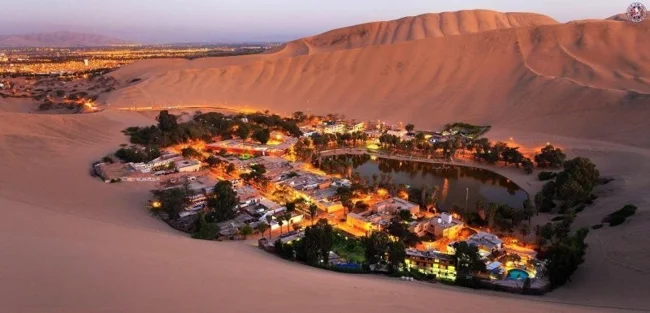
In Peru there is a beautiful oasis village called Huacachina. A couple of streets, a couple of dozen houses and hotels around a blue lagoon hidden in the dunes. No more than 100 people live permanently in Huacachina, but hundreds of times more tourists come every year. In photographs, Huacachina often looks like a place far from civilization, but the nearest town of Ica is only 5 km away, and Ica residents often come to swim in the oasis on weekends. If you take Huacachina from a different angle, it won’t be as interesting.
Local residents tell a beautiful legend about the origin of Huacachina. One day, the beautiful princess took off her cape and began to look at herself in the mirror, when suddenly she saw a hunter peeping at her. The princess got scared and ran away, leaving her things behind. The mirror turned into a lagoon with healing water, and the silk cape turned into sand. This princess now lives in the lagoon in the form of a mermaid. Tourists like these bikes.
Huacachina was featured on the 50 new soles bill.
